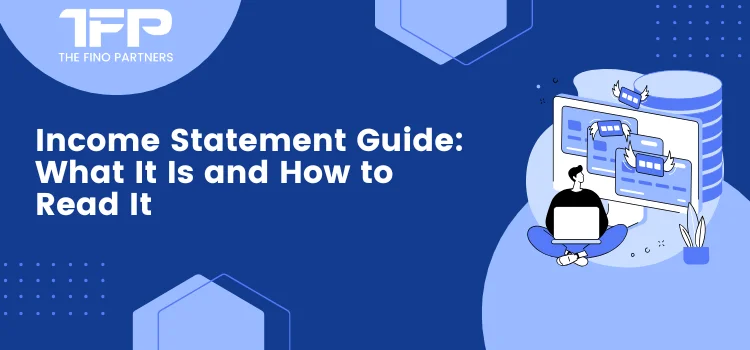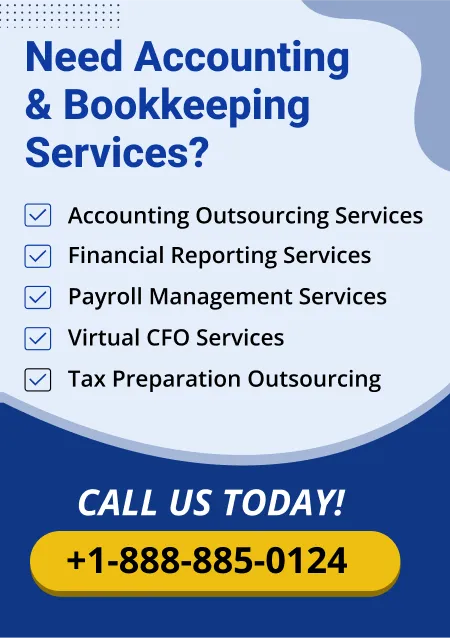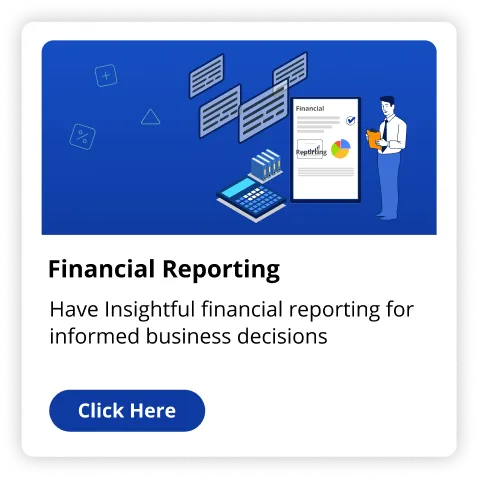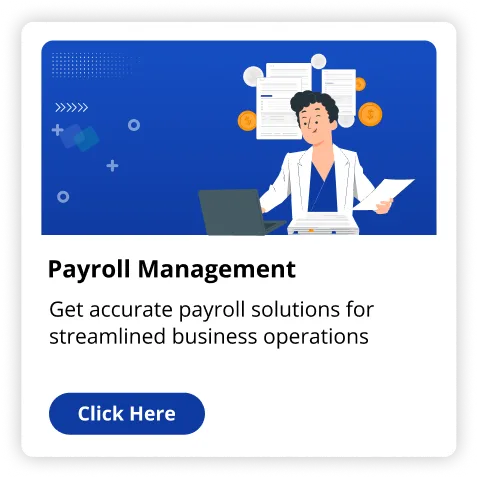Every business person must learn how to maintain good financial health. In fact, based on a recent analysis, 62% of small businesses fail due to bad cash flow management or lack of understanding their finances. The most essential tool in knowing your company's economic performance is your income statement. Here, we’ll see what an income statement is, the way it works, and the way you can go through one to understand your business's profitability.
What Is an Income Statement?
An income statement is also called an income & loss statement. The income statement displays your company's sales, expenses, and losses or income for a particular period. That is, it is a financial report which states "How much cash did you generate and how much did you spend or lose?"
Whether you operate a small company, a startup, or a huge corporation, going through your income statement will enable you to track your cash and make educated choices.
Different Parts of an Income Statement
Your income statement has many main sections which provide important information regarding your company. Let us dissect each part to determine the way it fits in the scheme.
1. Total Revenue (Top Line)
Total revenue is the amount your small business earned throughout the reporting period, typically expressed as gross sales or revenue. This is actually your income statement's "top line," since it's the very first number you notice. For instance, in case you operate an online store, your total revenue will include all sales made during that time.
Total revenue is a tough number to monitor. Although it might be tempting to concentrate on the important thing (your total income), growing your revenue is among the best methods to boost your profits.
2. Cost of Goods Sold (COGS)
The cost of goods sold (COGS) is the cost paid for the actual service or product you sell. This might include raw materials, labor, and production expenses. For retail, COGS will be the retail price of the products you sell. For service businesses, it's the cost of doing the service (paying your personnel or contractors).
After dividing your total income by COGS, your gross profit will be the amount your business generated once you covered the cost of creating your service or product.
3. Gross Profit
Gross profit measures your company's health financially. It shows just how much you earn from your main operations before other expenses. A high gross profit demonstrates your business can turn revenue into profit before expenses such as rent, marketing, along with utilities are included.
Gross profit: Total Revenue - COGS
4. Operating Costs (General Expenses)
Operating costs consist of all of the indirect expenses involved in managing your company. These costs keep your business operating but aren't directly associated with creating services or goods. Examples include:
- Rent for your office/store.
- Utilities such as electricity and internet.
- Salaries of administrative staff.
- Marketing & advertising costs.
- Office supplies.
And unlike COGS, these expenses are pretty stable no matter how much you sell. After dividing your net income by operating expenses, your operating income would be your profit prior to interest payments and fees.
5. Operating Income
Another essential number in your company's profitability is operating income. It is the income you generate through your regular business operations, minus taxes and interest. This particular number indicates the way your business is performing in main business operations.
In case your operating income is negative or low, you might have to lower operating expenses or even raise your revenue to boost profitability.
6. Interest & Taxes
The next section of the income statement shows interest payments (the cost of any loans or lines of credit your business has) and taxes. Interest expense might be an area where you and your accountant search for savings opportunities such as refinancing high interest debt. Taxes are a fact of every business, however proper tax planning services can relieve the tax burden.
7. Net income (Bottom line)
Finally comes the net Income, or bottom line. It is the final figure which indicates just how much profit (or loss) your company generated after COGS, interest, operating expenses, along with taxes are included. In the event your net income is positive, your business is profiting. In case it's negative, your small business is losing money.
Net Income = Operating income - Interest - Taxes
Your aim as a business owner is keeping your net earnings positive, i.e. to make much more revenue than you are spending.
How To Use an Income Statement to Build Your Business
Understanding how to read your income statement will enable you to make strategic choices and expand your business. This is how:
- Monitor trends: Comparing income statements across periods shows patterns in your revenue, COGS, and expenses. Are your costs increasing faster compared to your revenue? Are your operating expenses reducing your profits? Identifying these trends helps you to adjust before problems get beyond control.
- Control costs: Whenever you notice your general expenses are too high, you can reduce them. For instance, you may rescind contracts with suppliers, minimize needless expenditures, or make your operations much more efficient.
- Set financial goals: Set yourself reasonable financial goals for the future with your income statement. So, whether you have to boost sales, decrease costs, or enhance your profit margins, your income statement offers the data you need for making a wise choice.
Final Thoughts
Among the most essential skills you can acquire as a business person is learning how to read an income statement. It gives you the info you need to control your company finances, boost your revenue and increase your profitability. Monitoring your income statement will help to detect issues early, allow you to make the proper financial choices and help your company succeed.
For expert accounting assistance and custom financial advice, consult The Fino Partners for your business today.
Read Also 10 Benefits of Outsourcing Accounting Services for Firms


























